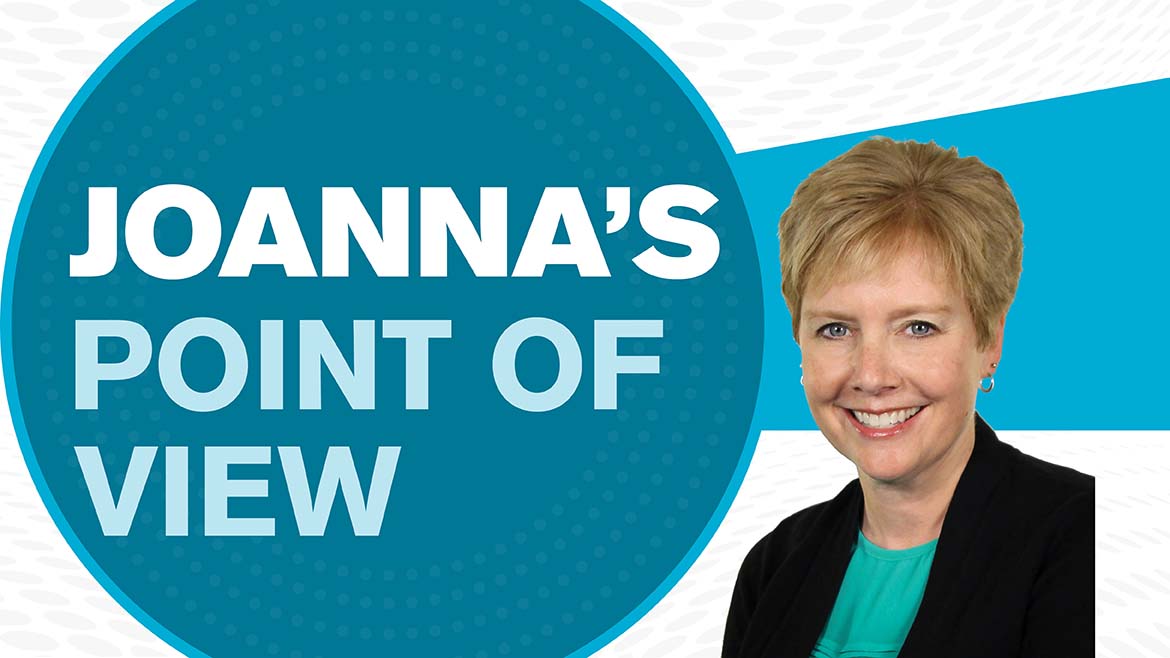Many years ago when the transition from HCFCs to HFCs was beginning to take place, I talked to a contractor who was pretty disgusted with the whole process. In his opinion, the focus was on the wrong thing – instead of banning a substance that provided a universal good and only caused harm when leaked to the environment, he felt the concentration should be on preventing the leaks from happening in the first place. He went on to say that theoretically, it would be possible to use a toxic chemical like formaldehyde in a cooling system, and as long as it didn’t leak, no one should care.
Of course, we know that no system is fool-proof, and refrigerant leaks are going to happen. But the truth remains that refrigeration and air conditioning systems really do leak too much. In fact, according to the United Nations Environment Programme (UNEP), the most significant global issue is leaky stationary refrigeration and air conditioning equipment, with a whopping 52 percent of all GWP consumption being spent servicing leaking equipment. That’s a lot of refrigerant being used to fix leaks. Hopefully, the leaks are actually being repaired and the systems aren’t simply being topped off, but we don’t really know for sure.
This brings me back to my conversation with the irate contractor from years ago: as the global pressure increases to phase down HFCs, once again, why isn’t there more emphasis on fixing leaky systems – or installing leak-free systems in the first place -- rather than just reducing or eliminating the use of HFCs? Leak-free systems would prevent emissions that could harm the environment, and end users would not be forced to retrofit or replace their refrigeration (or air conditioning) equipment with expensive alternatives in order to meet new – and ever-changing -- regulations. It’s rather puzzling that the Kigali Amendment, which calls for a global phasedown of HFCs by more than 80 percent over the next 30 years, makes no mention of how reducing/eliminating leaks would affect emissions – it concludes that phasing down HFCs is the only way forward.
While the U.S. has not ratified Kigali, many states agree that it is necessary to phase down HFCs. California is leading this effort by mandating that the state reduce its HFC emissions by 40 percent below 2013 levels by 2030. The state plans to do this by implementing a GWP limit of 150 for new stationary refrigeration systems containing more than 50 pounds of refrigerant, as well as a ban on sales of virgin refrigerants with a GWP above 1,500, starting on January 1, 2022. In addition, they are proposing a GWP limit of 750 for all new stationary air conditioning systems (residential and commercial) starting January 1, 2023, and the same GWP limit for new chillers, effective January 1, 2024.
The Air-Conditioning, Heating and Refrigeration Institute (AHRI) also agrees with ratifying the Kigali Amendment, but the organization is asking California to delay its HFC phase-down deadlines, in order to give the industry more time to comply with the regulations, as well as create safety standards that would allow A2L and A3 refrigerants to be safely used in applications. Per Lauren MacGowens, sector lead of refrigeration technology at AHRI, the organization does not believe that ammonia and/or CO2 refrigeration systems are viable options for most supermarkets (new or retrofit), and at a recent industry conference, she noted that leaks are also a significant problem in refrigeration and air conditioning equipment.
But it doesn’t have to be that way. We know that attaining low refrigerant leak rates is possible, as evidenced by the superior results achieved by supermarkets participating in EPA’s GreenChill program. Through this program, supermarkets that become GreenChill partners set annual emissions reduction goals and report their progress to EPA every year. EPA estimates that if every food retailer in the U.S. reduced its refrigeration system’s leak rate to the GreenChill Partner average of 12.9 percent, the industry would save approximately $212 million in annual refrigerant replacement costs. (To see how this can be accomplished, check out the organization’s comprehensive guide to installing leak-tight refrigeration systems.)
And there is evidence that leak rates could be pushed even lower. In a recent report, UNEP notes that in supermarkets with large centralized systems, average leak rates are around 15 percent or more per year. However, it claims that with a concerted effort, supermarkets can achieve leak rates as low as 3.5 percent of the refrigerant charge per year. Wouldn’t that be amazing? If such low leak rates could be attained around the world, perhaps there would not be a need to spend so much time regulating refrigerants and finding new solutions every decade.
Want more HVAC industry news and information? Join The NEWS on Facebook, Twitter, and LinkedIn today!




